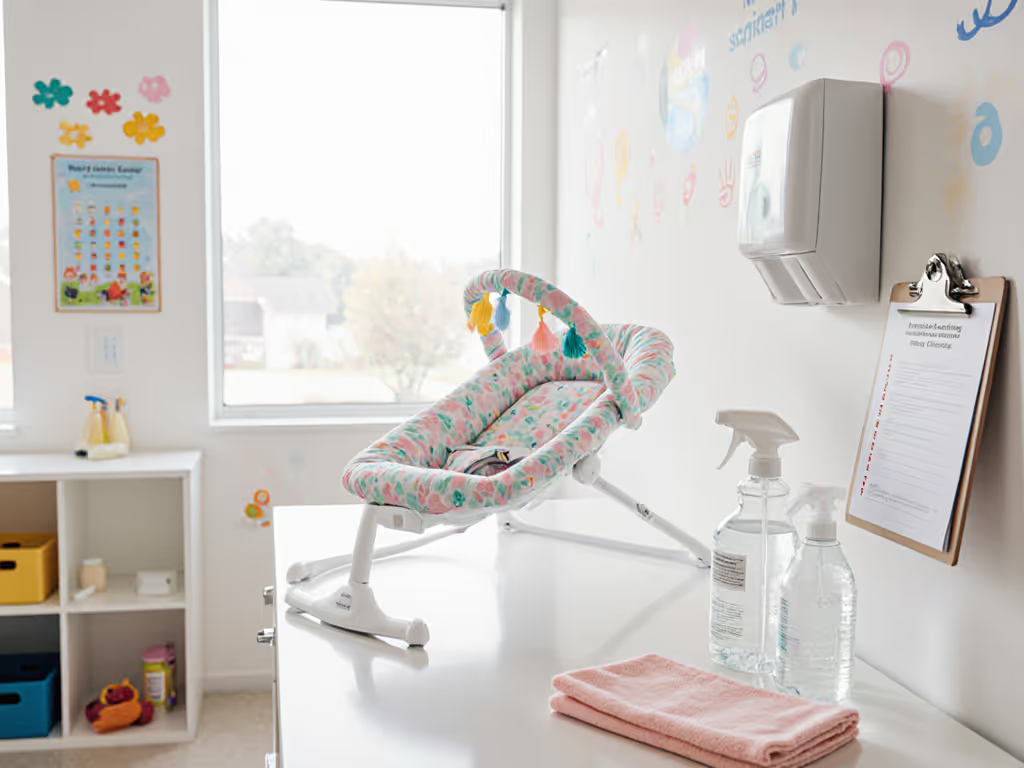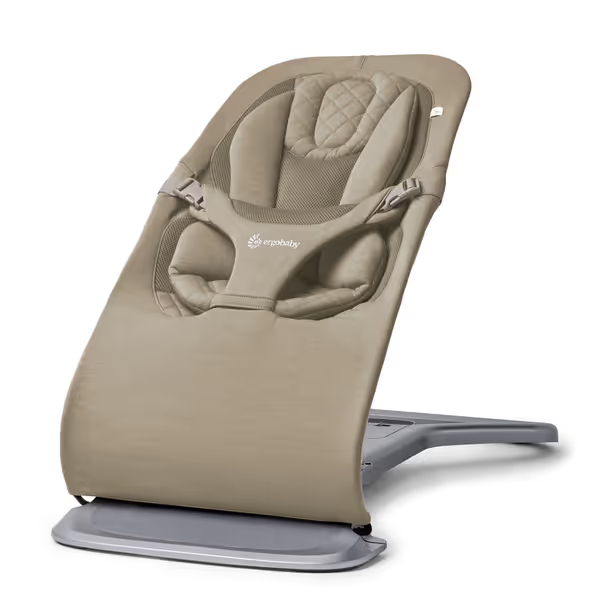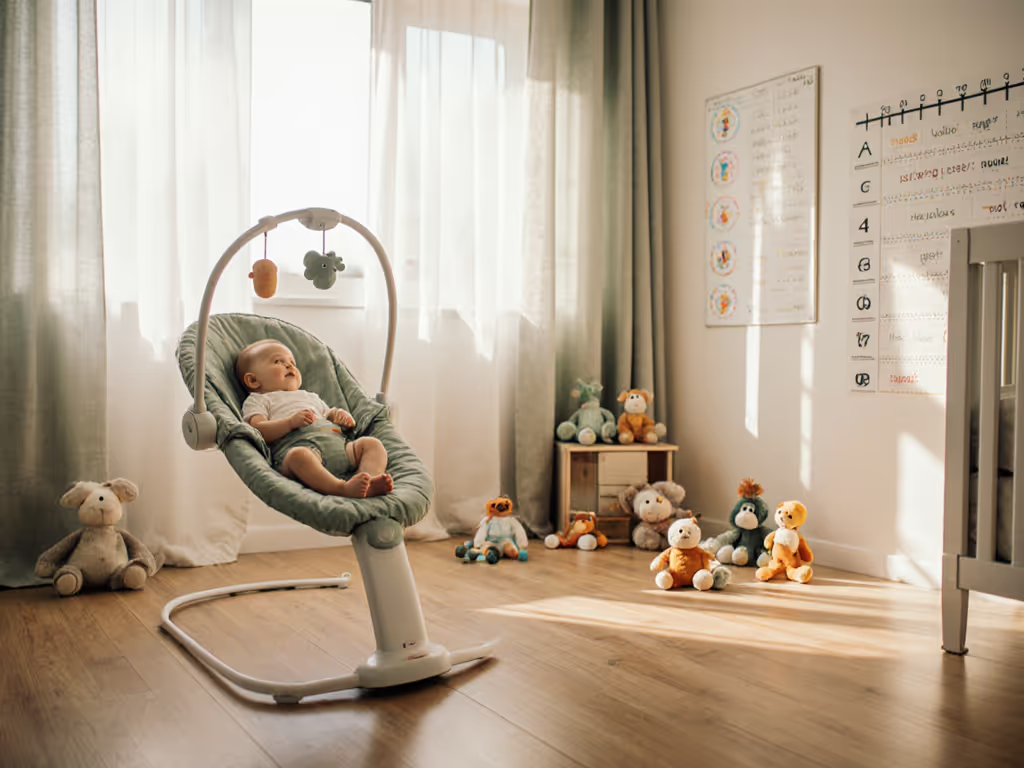
Ergonomic Bouncer Placement: Your Back-Friendly Setup Guide

For exhausted caregivers in compact homes, bouncer parental ergonomics isn't just about baby's comfort, it's about preserving your own spine during those countless soothing moments. When ergonomic bouncer placement becomes second nature, you avoid chronic back strain while keeping baby secure. New to the concept? Start with our ergonomic infant seating overview. Let's transform this essential tool into a space-conscious ally that supports both of you through the newborn haze.
Why Your Back Matters as Much as Baby's Position
Standing hunched over a bouncer for 20 minutes strains your lumbar spine like lifting heavy groceries. Research shows parents lose 1 to 2 inches in height temporarily from postpartum posture collapse, especially when repeatedly bending toward low surfaces. Yet many bouncers arrive set at "default" heights that force you into this compromising position. The solution isn't stronger core muscles (though welcome!), but intelligent placement that aligns with your natural movement patterns.
Safety scales with habit. When your body isn't fighting gravity, you have more bandwidth to monitor baby's cues and follow safety protocols consistently.
The Knee-Height Rule: Your Posture Anchor
1. Measure your kneecap height while standing naturally. For most adults, this falls between 20 to 24 inches from the floor (the only zone where you can comfortably lean in without bending your spine). Place your bouncer so baby's head aligns with your kneecap when seated. For step-by-step setup and session length advice, see proper bouncer positioning tips. This:
- Prevents "hunchback" posture during feeding or play
- Lets you gently nudge baby's feet without squatting
- Keeps baby's face visible in your peripheral vision while you prep bottles or wipe surfaces
Small-space pro tip: If your bouncer lacks height adjustment (like many budget models), elevate it only on a sturdy ottoman or low stool, never stacked books or wobbly furniture. The Ergobaby Evolve addresses this at the source with its pedal-adjustable base, letting you match kneecap height whether baby's 2 weeks or 12 months.

Ergobaby Evolve 3-in-1 Bouncer
Surface Stability: Beyond the "Flat Floor" Myth
Urban apartments often have subtle slopes, especially near exterior doors or between rooms. A "flat" floor isn't always stable. Test yours by:
- Placing a marble near the bouncer's intended spot
- Watching for 10 seconds (even slight rolling indicates slope)
- Repositioning near load-bearing walls (typically sturdier)
Critical safety check: Press down firmly on each corner of the bouncer after setup. If it wobbles more than 1/8 inch side-to-side, move it. Rubber feet aren't foolproof on vinyl or hardwood. Place a non-slip mat underneath for true stability (this matters more than fancy suspension systems). For comprehensive safety guidance and knowing when to stop using a seat, review our bouncer safety guidelines.
Positioning for Real-Life Routines (Not Instagram)
Your bouncer should integrate into your workflow, not disrupt it. Map three zones in your main living area:
- Feeding Station: 3 feet from kitchen counter (spills happen!)
- Play Triangle: Between your favorite chair and changing spot
- Transition Spot: Near closet or door for quick transport
Never place within reach of:
- Pet food bowls (tripping hazard)
- USB cords charging devices
- Curtains or blind cords
- Sunny window sills (overheating risk)
I once watched a parent nervously time "quiet moments" in a bouncer because it monopolized their only clear floor space. By anchoring it near their reading nook, with baby's feet facing away from traffic flow, they gained 15 calm minutes daily without safety guilt. Short, supervised sessions beat marathon naps any day.
The 20-Minute Reset Habit (Your Spine's Lifesaver)
Set phone timer for 20 minutes every time baby's in the bouncer. To tailor timing and motion to your baby, follow our custom bouncer routines. When it chimes:
- Lift baby out (using legs, not back!)
- Place baby in floor-safe zone (playmat/gate)
- Do 2 back resets:
- Child's pose (kneeling, arms stretched forward)
- Doorway chest stretch (30 seconds/side)
This combats the "automation slump" where you zone out while bouncing. More importantly, it reinforces bouncer height adjustment before fatigue sets in. If you're straining to reach baby at the 20-minute mark, the setup is unsafe. Your reaction time slows when exhausted.
Safety Lives in Routines, Not Marketing Claims
That whisper I heard in a parent circle about "just one more minute" in the bouncer? It's why we practice timed transitions from bouncer to floor play. No product replaces your vigilance, but when caregiver-friendly bouncer positioning reduces physical strain, you're less likely to overlook:
- Harness straps slipping off bony newborn shoulders
- Chin-to-chest positioning cutting off airflow
- Fabric sagging from weight distribution shifts
Remember: parent posture with bouncer use is part of baby's safety ecosystem. If your back hurts, you'll unconsciously rush placements or skip checks. A truly back-friendly bouncer setup gives you the physical capacity to practice what matters, consistent safety habits.
Final Verdict: Your Action Plan
Today's small adjustment creates tomorrow's ingrained habit. In the next 24 hours:
- Measure your kneecap height (stand barefoot!)
- Reposition bouncer so baby's head hits that mark
- Place non-slip mat underneath
- Set recurring timer for 20-minute resets
This isn't about perfection, it's about progress. As a last check, run a quick bouncer recall lookup to confirm your model is up to date. Space-constrained homes demand smarter setups, not more gear. When back-friendly bouncer setup aligns with your body's needs, safety becomes sustainable. Because the best infant gear doesn't just hold baby, it holds you up too.
Priya Menon translates infant seating research into parent-preserving routines. Her free "Small-Space Safety Checklist" helps urban caregivers spot hidden risks in 5 minutes.




